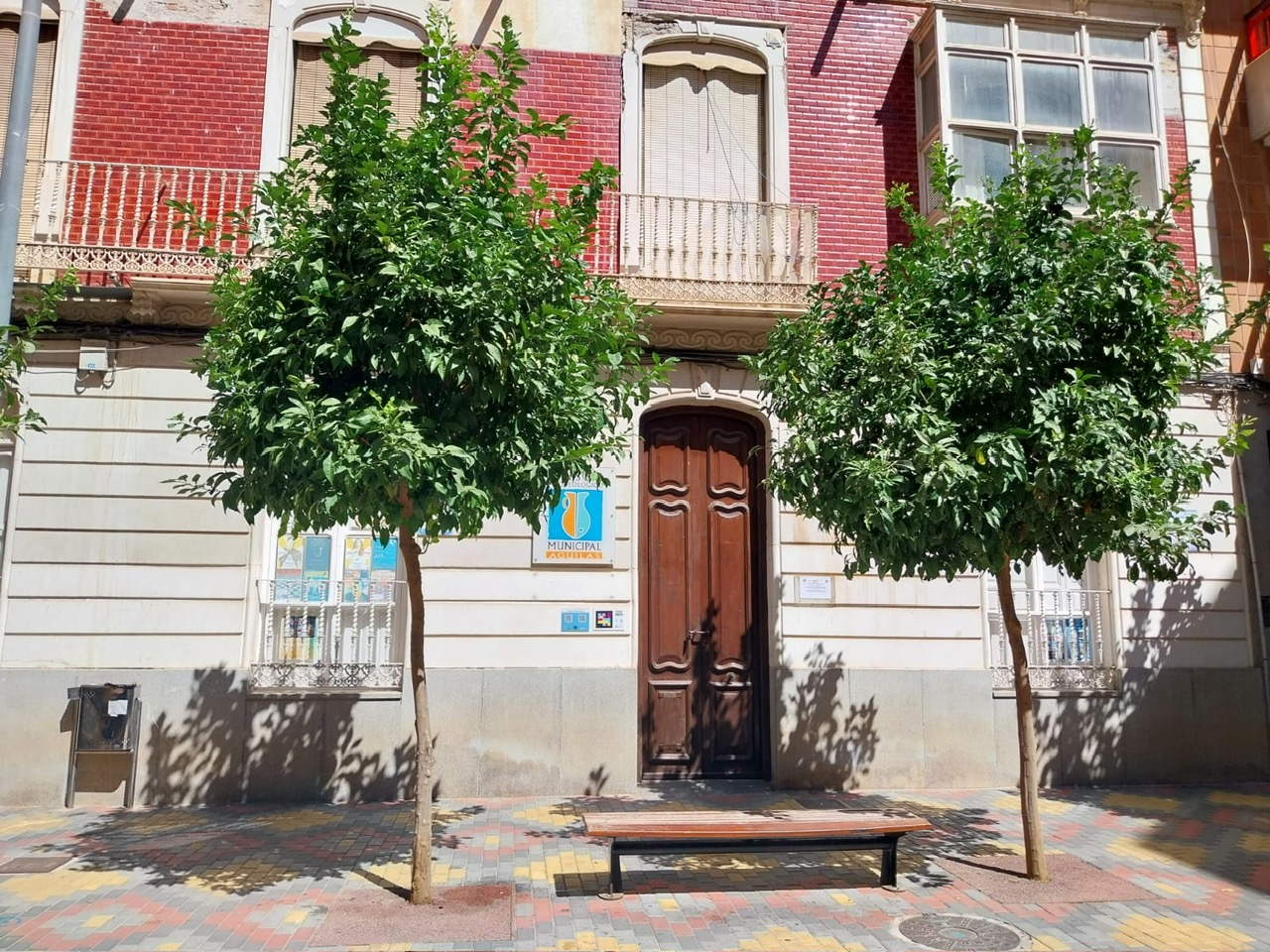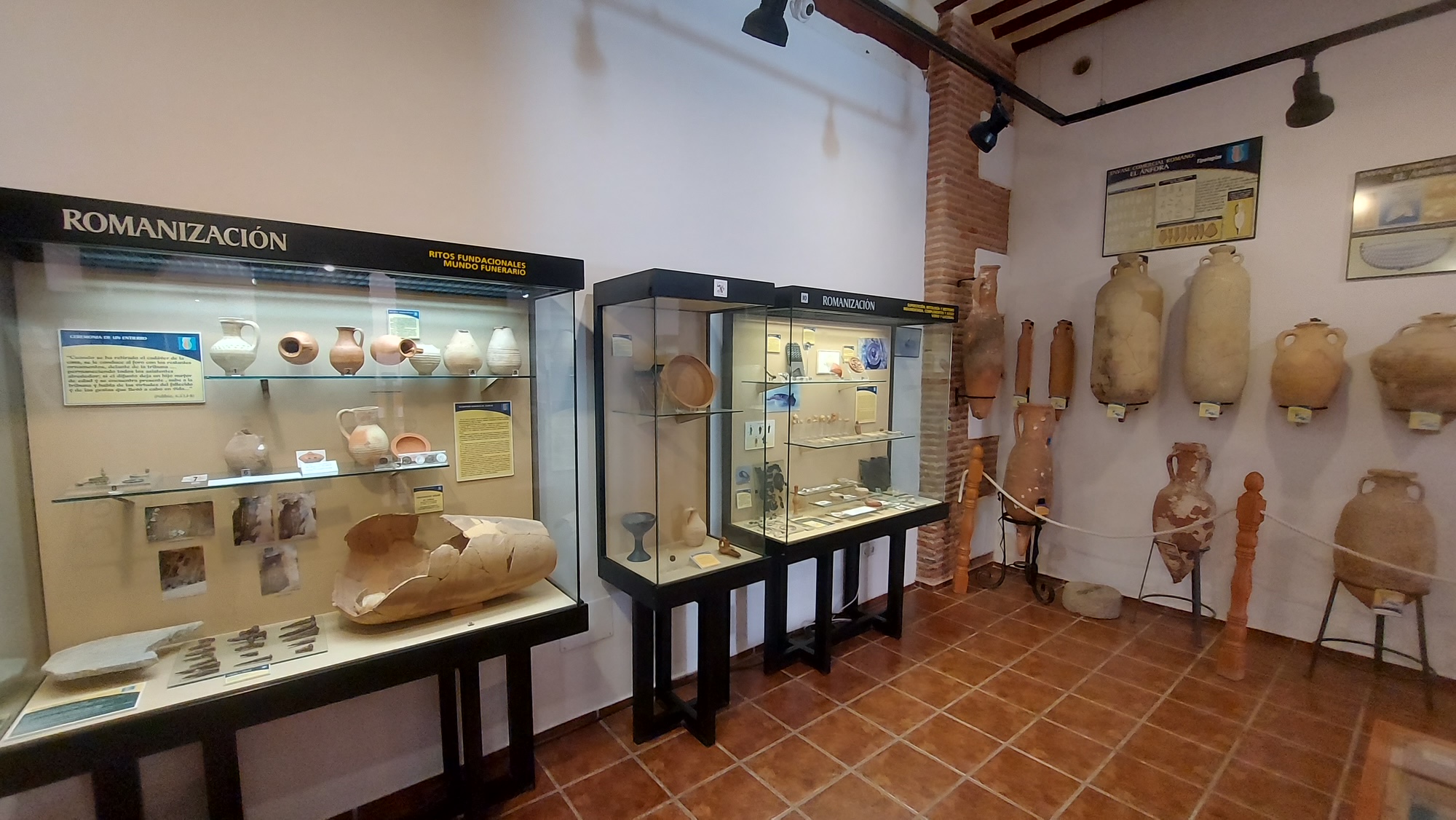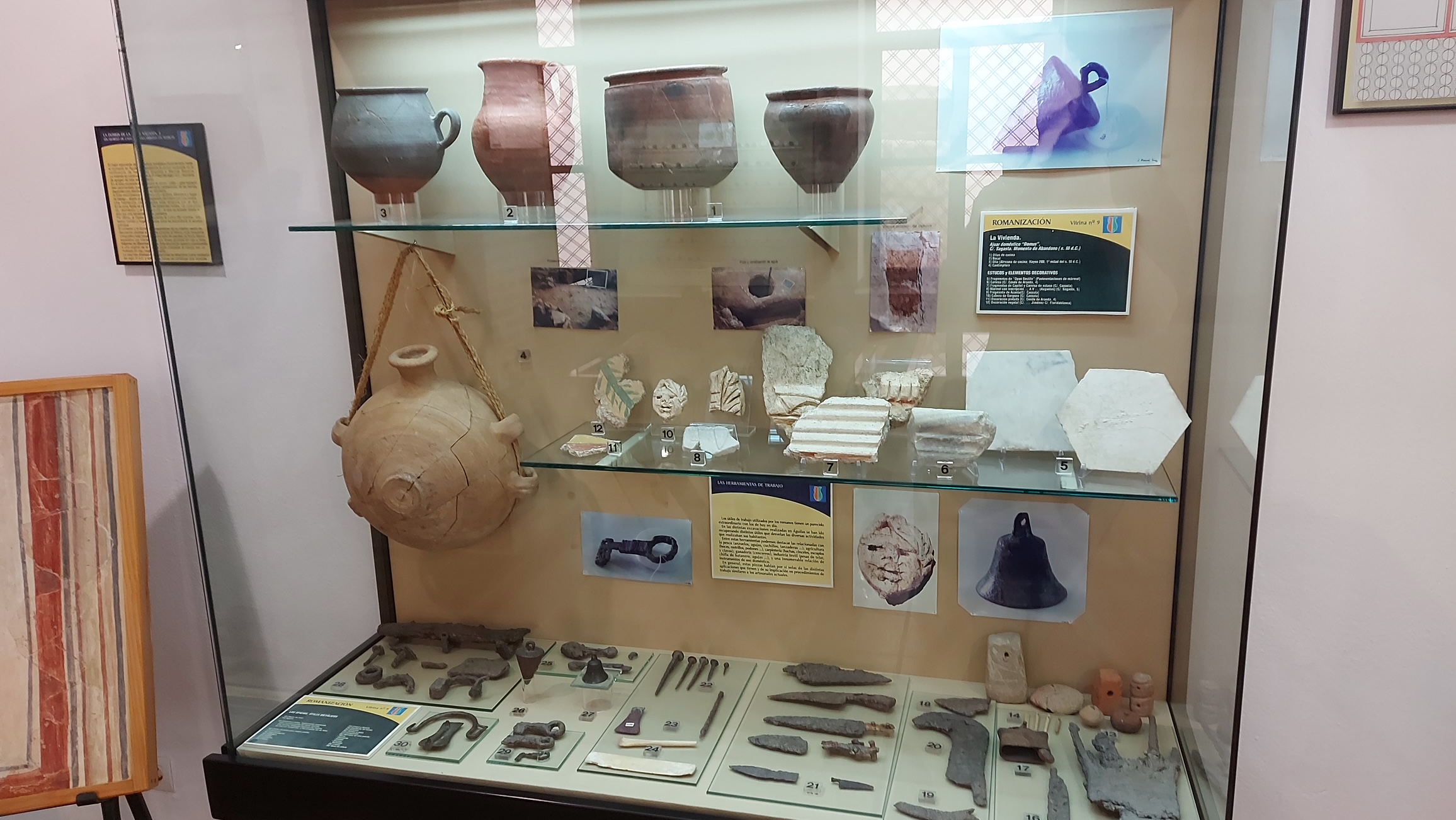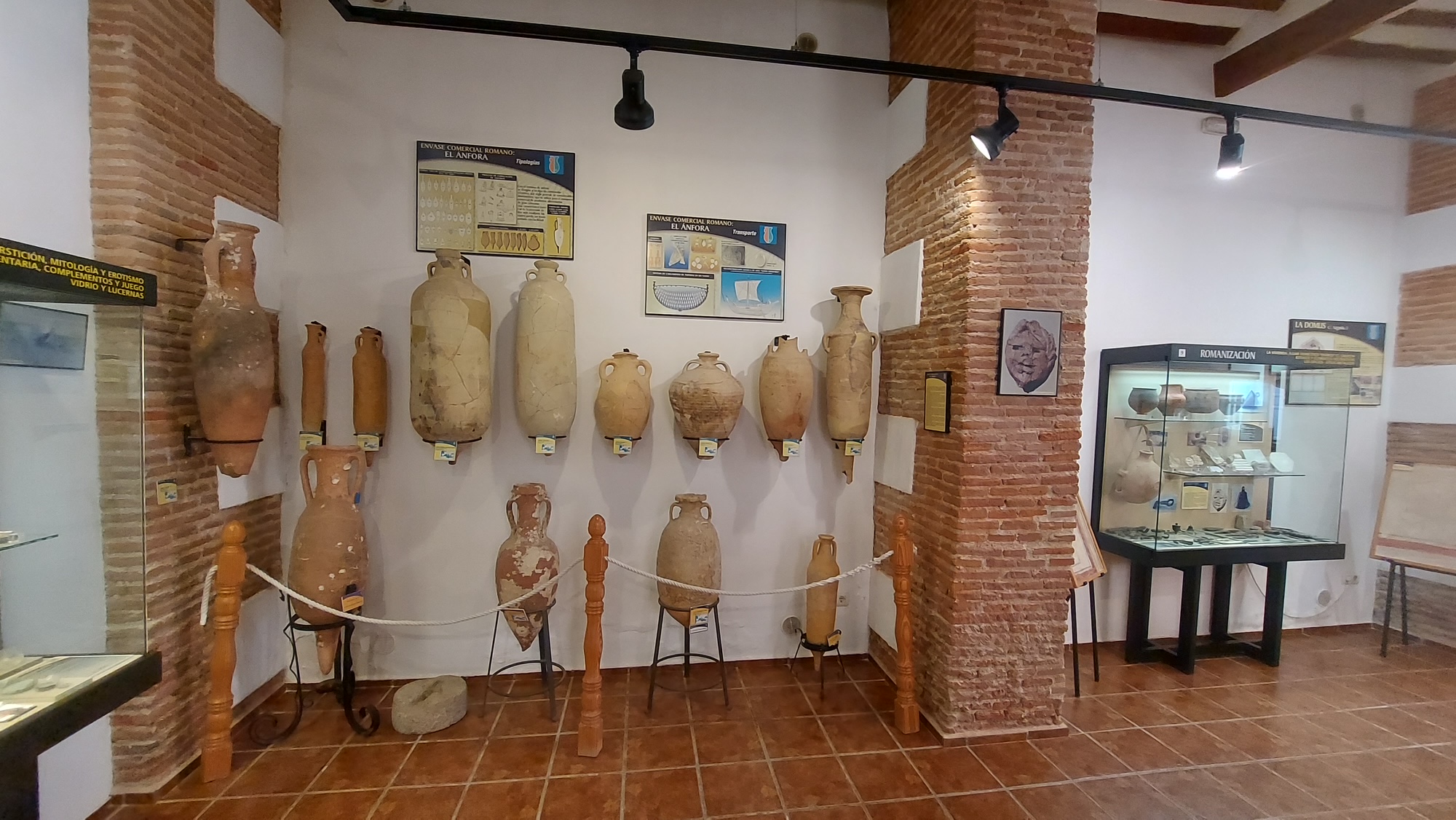

Águilas (Murcia, Spain) is a paradise in the southeast of the Iberian Peninsula. Bathed by the blue Mediterranean, it enjoys an excellent climate, delicious cuisine, stunning beaches, and a rich maritime tradition that permeates every corner and custom.
Águilas is light, Carnival, the smiles of its people, seaside walks, and a beer at the “Glorieta,” the local name for Plaza de España, the city’s central hub.
I was not born in Águilas, but I have been visiting frequently for over twenty-five years. Having fallen in love with its landscapes, sunsets at “Playa Amarilla” or “Cuatro Calas,” and the delicious food at its restaurants, I consider myself, at least adoptively, one of its residents.
Naturally, I am also passionate about the history of Águilas. The modern, tourist-friendly, and avant-garde city hides archaeological treasures that tell the story of its millennia-long history, always facing the sea. Perhaps the most spectacular is “Isla del Fraile”. This rocky islet, located opposite the beautiful and busy “Playa Amarilla,” not only hosts seagulls and a rich marine ecosystem within the paradisiacal Bay of El Hornillo, but is also a first-rate archaeological site—the most important in Águilas. Thanks to the dedication of a team led by Alejandro Quevedo (Professor of Archaeology at the Complutense University of Madrid) and Juan de Dios Hernández (Director of the Águilas Municipal Archaeological Museum), an area occupied from the Bronze Age to modern times is being uncovered. Notably, it was home to Hugh P. Borthwick, a British spy during World War I. The main occupation, however, occurred in Roman times, when the island served as an important center for producing salted fish and garum, with continued habitation in Byzantine and Islamic periods.

Back in the city, the “Castle of San Juan de las Águilas” guides the way toward the city center. Walking along the seafront, enjoying the urban beaches, marina, and the fish market where the rich local catches are still auctioned, everything is enveloped in the sea breeze, seagull cries, and the enjoyment of a peaceful Mediterranean life. Along the way to Plaza de España, the heart of the city, with its Town Hall and the Parish of San José, two commercial spaces display the remains of one of the two Roman baths once in Águilas, probably the one known as Urci. Visiting Plaza de España, the “Glorieta,” is a must on any trip to Águilas, as is sitting at one of its terraces under the large ficus trees for an ice cream or refreshment. A short walk along the pedestrian street Conde Aranda leads to our destination: the Águilas Archaeological Museum.

We are greeted by a building with barred windows and balconies that recall its civil construction, when Modernism was the architectural style of choice for Spain’s late 19th and early 20th-century bourgeoisie. After ceasing its residential function and serving as a post office, it was rented (and recently permanently acquired) by the Águilas Town Hall to house its archaeological collections, opening in 2000.
Upon entering, we are courteously informed that admission is free and any questions about the visit are gladly answered. Inside, a bright and open space allows a chronological journey through the city’s archaeological history, starting in the Neolithic and, through monographic sections, focusing on life in Roman Urci.


It is not a large museum, nor is it necessary. In its single-floor display cases, outstanding pieces offer a delightful experience for any history or museum enthusiast. Panels in Spanish (thankfully easily translated by mobile devices), models, and reconstructions—such as a domus found in the city center with an interesting collection of everyday objects—enhance the experience. Of course, the omnipresent sea, with its fishing, garum, and salted fish, reflects the main livelihood of Roman Águilas, from the Republican to the Late Imperial period. The museum houses a collection of amphorae from across Hispania and other parts of the empire, as well as fishing-related items like hooks and net-needles dating back two thousand years. Everyday items (rings, bracelets, lamps), funerary objects such as inscriptions or coins, complete the fascinating archaeological collection and help us understand life in Roman Urci.

The museum also includes artifacts from Islamic, modern, and contemporary periods, including an interesting world coin collection.
By the end of the visit, the feeling is of having undertaken a fascinating journey through history, lovingly crafted by the museum director, technicians, and staff. It is truly a museum to enjoy.
Stepping outside again, we are met with the light of Águilas, a welcoming city that has looked toward the sea for millennia, in one of Spain’s most beautiful corners, where leisure, cuisine, paradisiacal beaches, and culture coexist. I was not born in Águilas, but I count the days until my next visit and, passing by its Archaeological Museum, feel part of its history—always gazing at the beautiful blue Mediterranean.
Address: C. Conde de Aranda, 8, 30880 Águilas, Murcia
Opening Hours:
Accessibility: Very accessible, street-level with no stairs
Admission: Free
* * *

César Dorado was born in Puertollano, a small mining and industrial city in La Mancha, Spain. A lifelong enthusiast of History and Archaeology, he earned his degree in History from the Faculty of Humanities at the University of Castilla–La Mancha.
He is passionate about visiting museums, archaeological sites, cultural landmarks, and historical places. Since 2021, César has been sharing his knowledge of History, Cultural Heritage, and Archaeology on social media, where he can be found as @CDorado75, particularly on X (Twitter), Bluesky, and Instagram, focusing on public outreach and educational content.
https://x.com/CDorado75
https://www.instagram.com/cdorado75/